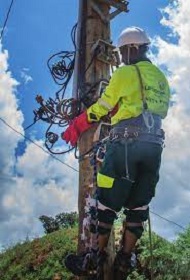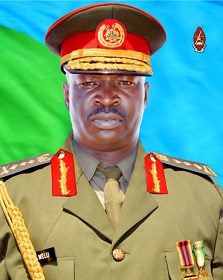
By Executive Editor
Election Observers are concerned about transparency and legitimacy of the electoral process in the DR Congo.
Democratic Republic of Congo held a second day of voting on Thursday in a chaotic and in some areas violent general election – an unscheduled extension that some opposition candidates and observers say could open the results up to legal challenge.
The presidential and legislative elections across Africa’s second-largest country were derailed on Wednesday by delays in delivering election kits and malfunctioning equipment. People also struggled to find their names on registers, while violent incidents disrupted the poll in other places.
However, Observers say that Congo’s decision to deny Election Observers from some reputable bodies could have far-reaching consequences, casting a shadow over the transparency and legitimacy of its electoral process.
“This move not only raises concerns about potential irregularities going unchecked, but may also signal a lack of commitment to democratic norms, jeopardizing the nation’s global reputation,” Uganda’s Crispin Kaheru said on Wednesday.
He added: It is possible that internationally, the refusal may strain diplomatic relations and diminish confidence in the credibility of the election results, while domestically, citizens may perceive it as a threat to fundamental democratic principles, fueling mistrust and political tensions.
At its core, Kaheru said “this decision risks eroding the democratic foundation that underpins stability and international standing.”
“In some cases, the absence of electoral oversight not only raises questions about the fairness of the elections, but also introduces a volatile element that could influence the political climate post-election.”
According to Kaheru, the consequences of “this decision may extend beyond the immediate electoral period, potentially shaping the nation’s trajectory and posing challenges to its diplomatic engagements and internal cohesion.”






